This comprehensive guide to cooking definitions is here to be your culinary compass.
We’ll break down everything from essential ingredients to advanced cooking methods, all presented in a clear and concise way.
With helpful links to detailed explanations and tutorials, you’ll be whipping up impressive dishes like a pro in no time.
So, grab your spatula and get ready to unlock the secrets of the kitchen!
Acidulate
To acidulate is to make a dish slightly sour or acidic in order to bring out other flavours, or to make the dish more tender.
Learn about acidulation here
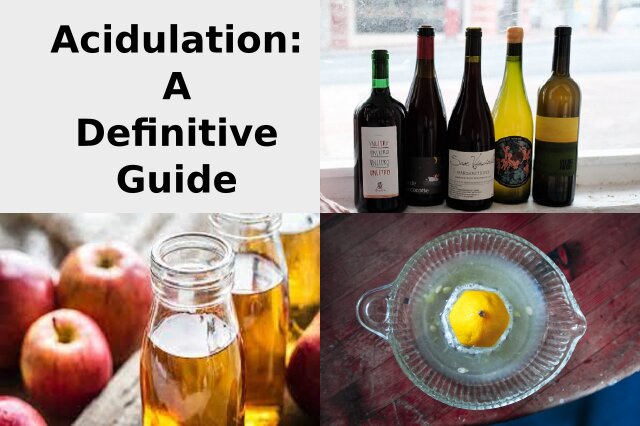
Al dente
Al Dente means to cook foods to a tender but slightly firm state, but not hard.The term is used to describe the doneness of foods, mostly pasta and risotto.
Learn more about the term Al Dente
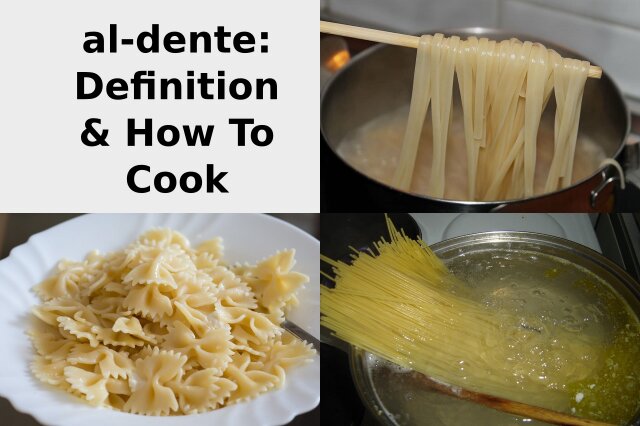
Appetisers
An appetiser is a small portion of food, usually savoury, as the first course in a meal.It should stimulate the appetite, or a bit of something that excites a desire for more.
Learn everything you need to know about appetisers
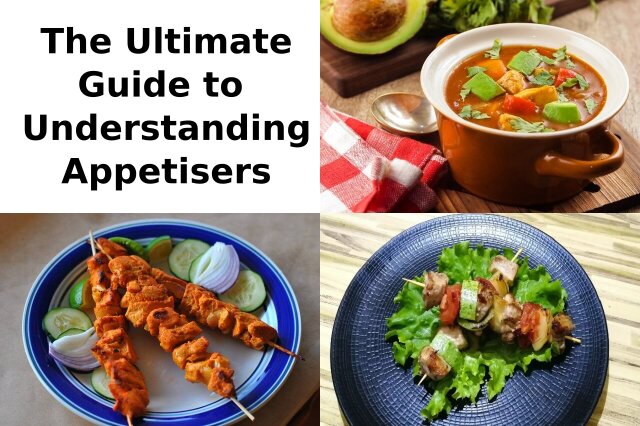
Asparagus Spears
Asparagus spears are a versatile and nutritious vegetable that can be enjoyed in a variety of ways. From blanching and steaming to roasting, there are numerous cooking methods to bring out the best in this green vegetable
Learn all about asparagus spears
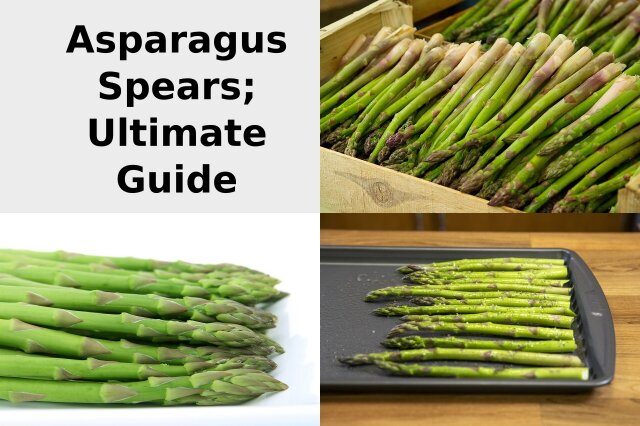
Au jus
Au jus, in its native French, simply means "with the juice." It translates the essence of the dish: meat bathed in its own savoury juices, released during cooking.
Learn more about Au jus
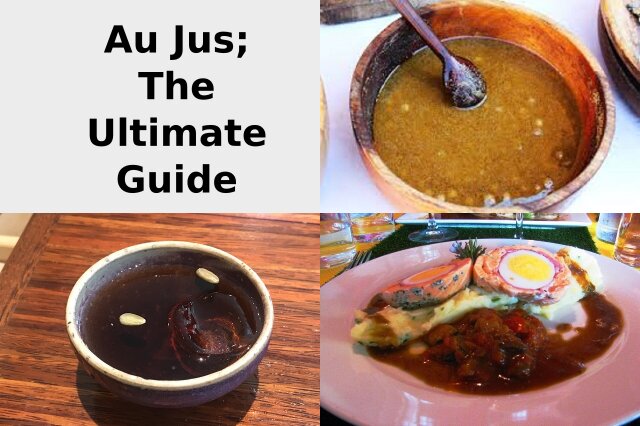
Bake
The definition of baking in cooking refers to the method of using an oven to apply dry heat to food, typically for the purpose of cooking or browning.
Learn more about baking essentials
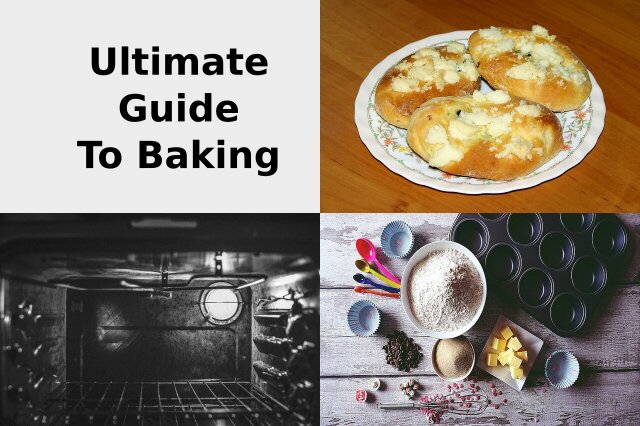
Barbecue
In Australia and NZ, the term barbecue, often shortened to "barbie" or "barby", has two main meanings: The appliance or rack used for cooking: This refers to the physical grill or cooking apparatus used over an open fire or with charcoal or gas. Or it's the social gathering and meal itself.
Learn more about barbecuing

Baste
Basting is a cooking technique that involves adding moisture to food while it cooks. This can be done using pan drippings, butter, or other liquids. The purpose of basting is to keep the food moist and prevent it from drying out, while also protecting it from direct heat.
Learn all you need to know about basting
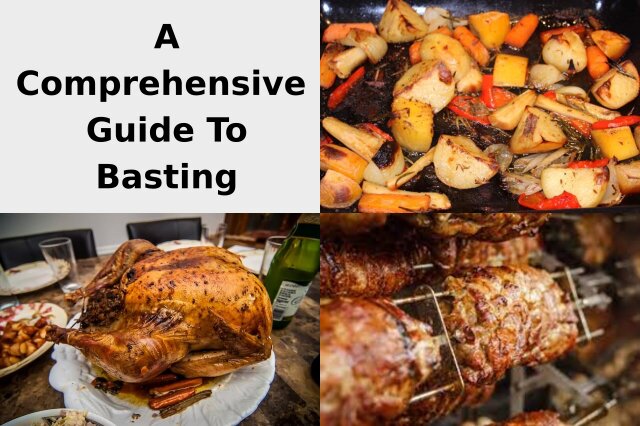
Beat
Beating is a culinary technique that involves rapidly beating a mix of ingredients with a spoon, fork, whisk or electric mixer. This technique helps ensure even mixing and can help to incorporate air into the mixture for light and fluffy results in baking.
Learn about beating food

Beef
Beef is a type of meat that comes from cattle. It is a rich source of protein, iron, and other essential nutrients.
Learn all about beef

Blanch
Blanching is a cooking technique that involves briefly boiling vegetables in salted water and then immediately plunging them into ice water to stop the cooking process. This simple method can help to enhance the flavour, texture, and colour of your vegetables, making them more vibrant and delicious.
Learn the art of blanching
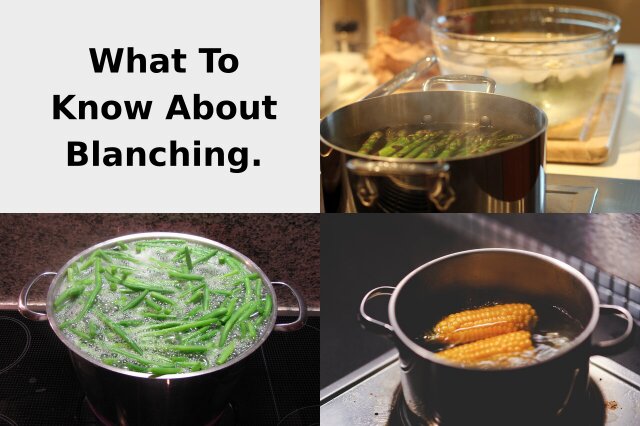
Blind Bake
Blind baking is a technique used in baking to pre-bake a pie crust before adding the filling. This is done to ensure that the crust is fully cooked and doesn't become soggy when the filling is added.
Learn how to blind bake
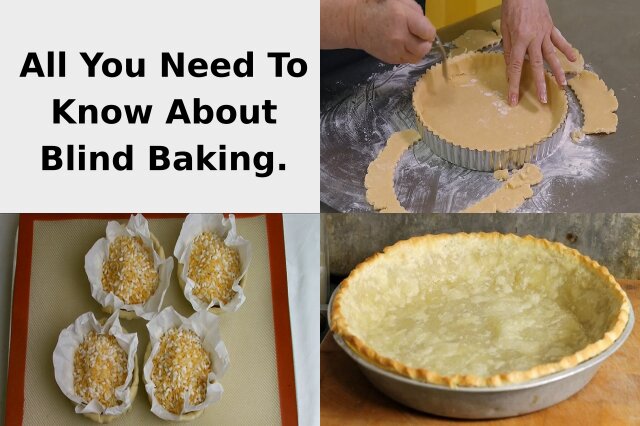
Boil
Boiling involves submerging food in a liquid and heating it until it reaches its boiling point. This process allows for efficient and even cooking, ensuring that ingredients are thoroughly cooked while preserving their natural flavours and nutritional value.
Learn about the boiling method
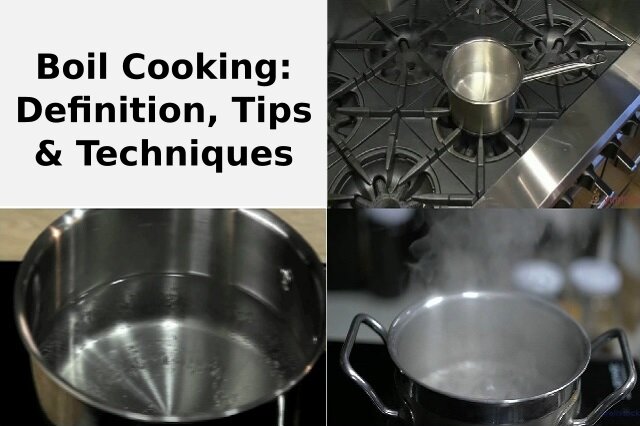
Braise
Braising is a cooking technique used to create tender and flavourful dishes. The process involves slowly simmering meat or vegetables in liquid over low heat for an extended period of time.
Learn all about braising
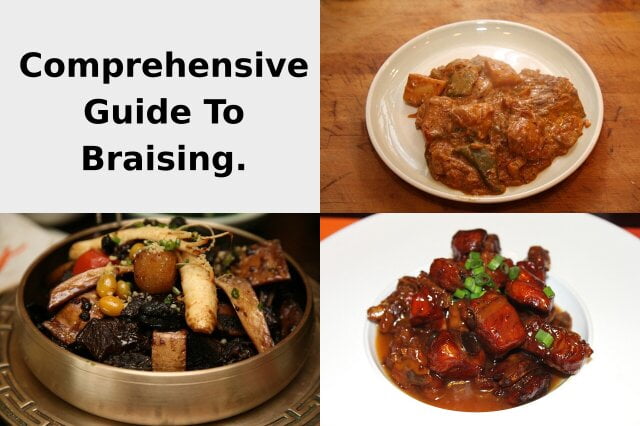
Brine
The process of brining involves immersing the food in a mixture of water and salt, sometimes with additional ingredients such as sugar, herbs, spices, or vinegar. The saltwater solution helps to draw out moisture from the food while infusing it with flavour
Learn more about brining
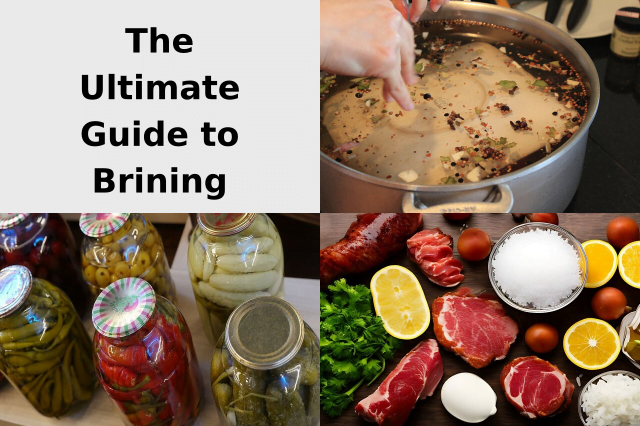
Broil
Broiling is a cooking technique that involves exposing food to direct heat from above. While broiling is a common cooking term in the US, it is not as widely used in Australia, New Zealand, and the UK. In these countries, the term "grilling" is more commonly used to refer to cooking food under direct heat.
Learn more about broiling

Bruise
Bruising is a technique used to release the flavours and aromas of certain ingredients, such as herbs and spices. It involves gently crushing or pressing the ingredient with a tool such as a mortar and pestle, the back of a knife, or even your hands. This releases the oils and juices within the ingredient, intensifying its flavour and aroma.
Learn more about bruising ingredients
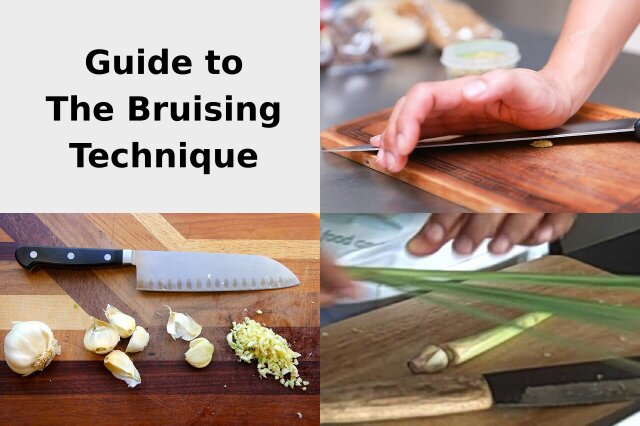
Caramelise
Caramelisation is a chemical reaction that occurs when sugar is heated to a high temperature. As the sugar molecules break down, they form new compounds that give caramel its characteristic flavour and colour.
Learn more about caramelisation
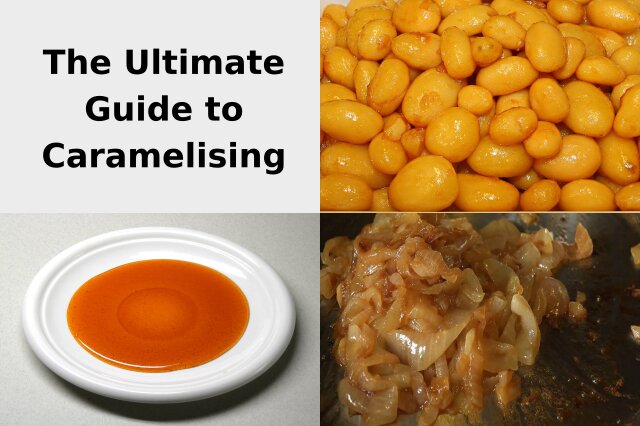
Cauliflower
Cauliflower is a nutrient-packed cruciferous vegetable that has a mild taste and can be cooked in many different ways. From roasting to air frying, it's an incredibly versatile vegetable that is deliciously savoury and nutritious.
Learn more about cauliflower
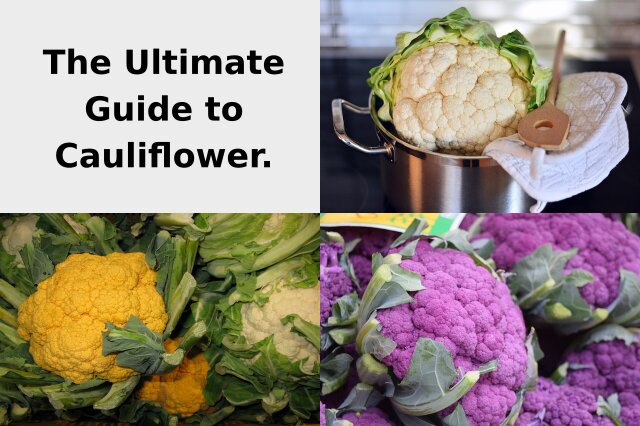
Chicken
Chicken is a healthy and delicious food source that can be enjoyed in a variety of ways. When cooked properly, chicken is a safe and nutritious food. Chicken is a lean protein that is low in fat and calories, and it is a good source of vitamins and minerals.
Learn more about chicken meat
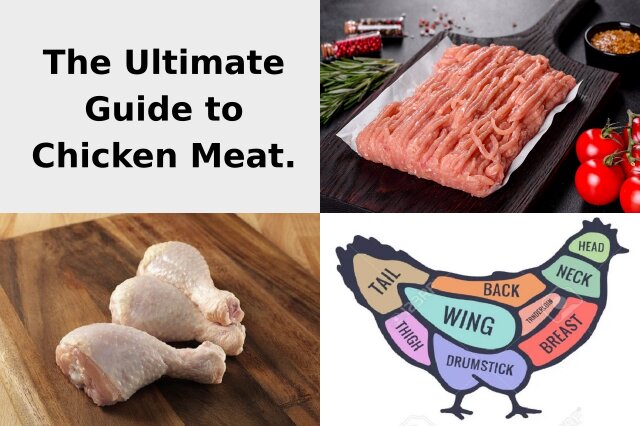
Chop
Chopping is a basic cooking technique that is used for a variety of ingredients. Onions, carrots, capsicum, celery, tomatoes, potatoes, meat, nuts, herbs and fruit are all examples of foods that are coarsely chopped to be added to stews, casseroles, soups and salads.
Learn the chopping technique
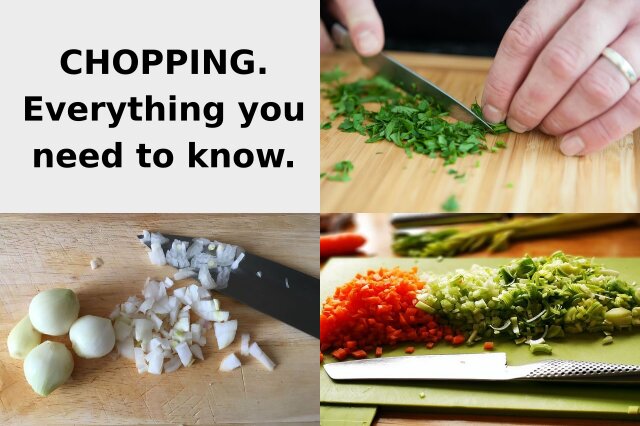
Cooking Hacks
Are you a beginner in the kitchen and looking to level up your cooking skills? Look no further! In this article, I have compiled over 100 essential cooking tips to help you become a master in the kitchen with confidence.
See my cooking tips and hacks
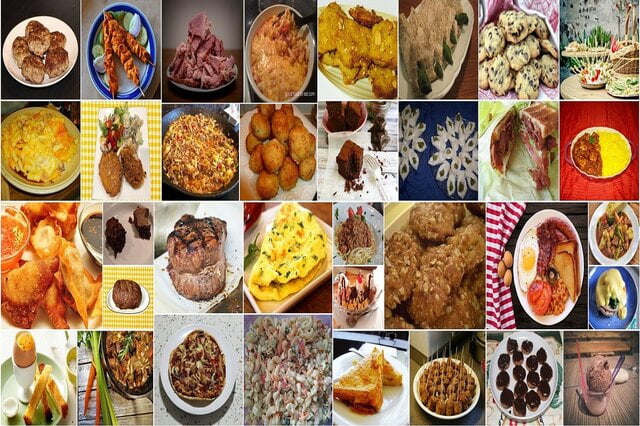
Cooking Measurements
Accurate ingredient measurements are crucial in cooking and baking. They can make or break a recipe. Imagine adding too much salt or too little flour - disaster, right? Learn step-by-step how to measuring ingredients like a pro.
Learn kow to measure ingredients correctly
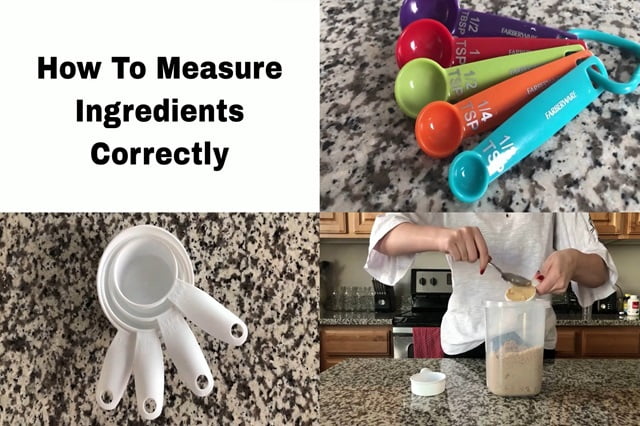
Cream
Cream is the fatty part of milk that rises to the top when milk is left to stand. As a dairy product it is made by separating the fat from milk. It has a high fat content, which gives it a rich and creamy texture.
Learn more about cream
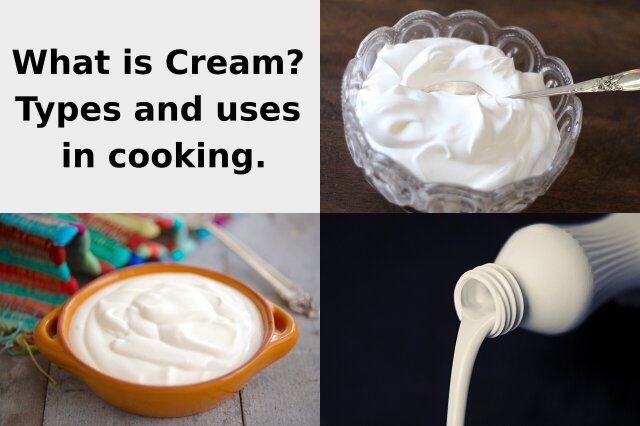
Creaming
Creaming is a technique in cooking that involves combining butter and sugar together until light and fluffy. This process creates a smooth and airy texture, which is essential for many baked goods.
Learn the creaming process
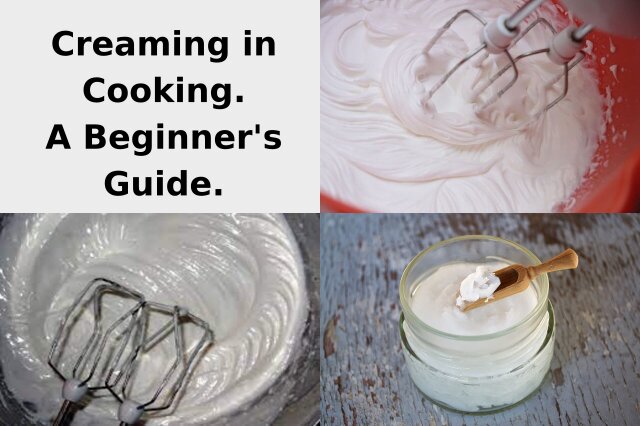
Crumbing
The term "crumbing", also known as breading is the process of coating food in a layer of breadcrumbs or other types of crumbs before cooking. This technique is used to add flavour, texture, and visual appeal to dishes.
Learn how to crumb foods
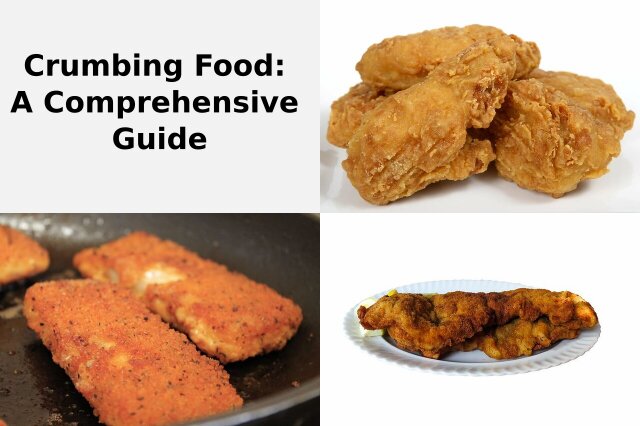
Deglaze
Deglazing is a cooking technique that involves adding liquid to a hot pan to dissolve and incorporate the flavourful browned bits that are stuck to the bottom. These browned bits, also known as fond, are packed with intense flavours that can elevate your dishes to a whole new level.
Lear how to deglaze
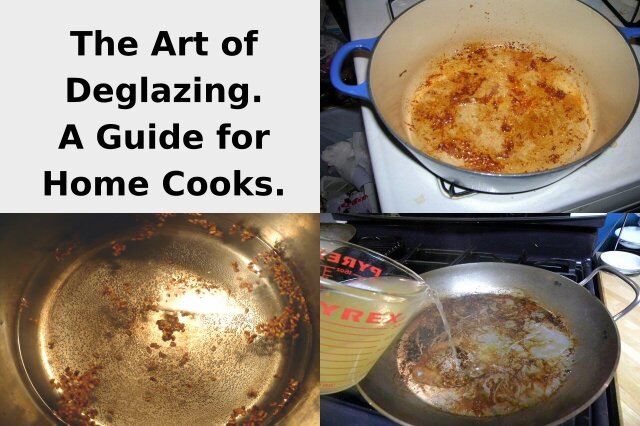
Deseed
Deseeding means to remove the seeds. It is an important step in preparing certain foods, especially when it comes to fruits and vegetables, for example chillis.
Learn why and how to deseed
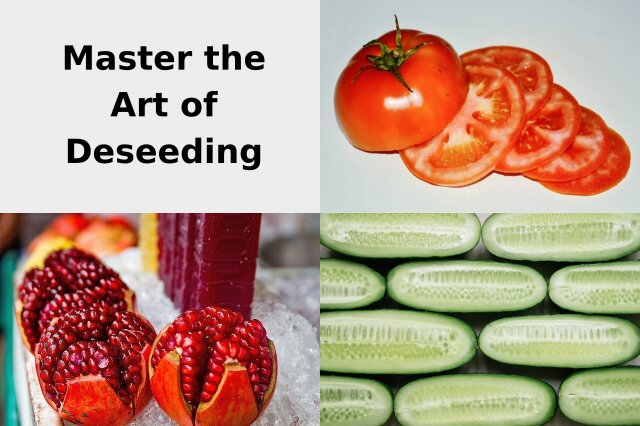
Devein
Deveining is the process of removing the dark, vein-like intestine from the back of a shrimp, prawn, or other shellfish.Deveining leafy greens refers to the process of removing the tough central vein or stem from the leaves.
Learn why and how to devein
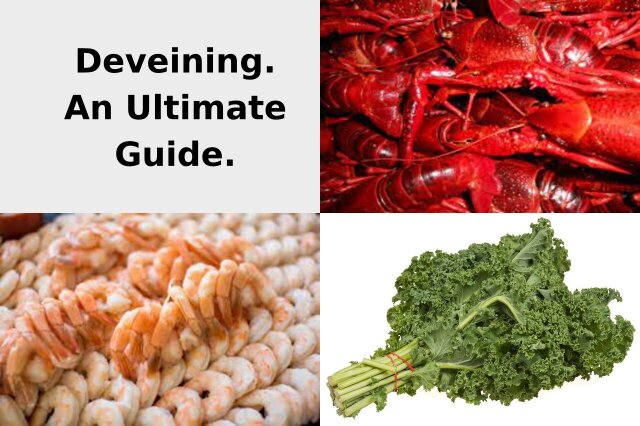
Dice
Dicing is is a cutting technique that uses precision, skill, and attention to detail. It's about taking the time to prepare ingredients properly and ensuring that they are cut to the perfect size and shape for the dish you're making.
Learn how to dice foods
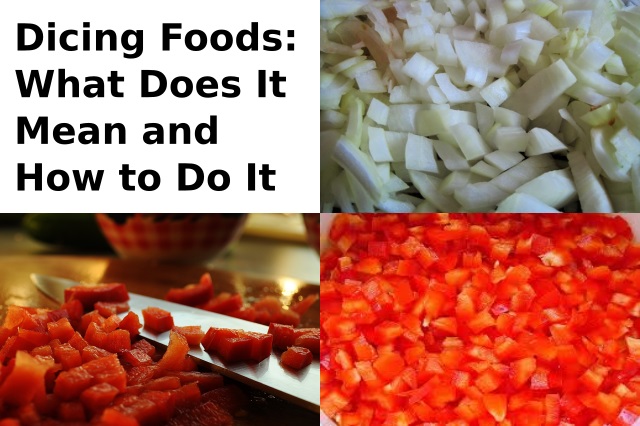
Dredge
Dredging is a cooking technique that involves coating ingredients, such as meat, fish, or vegetables, with a dry mixture before cooking.
Learn how to dredge ingredients
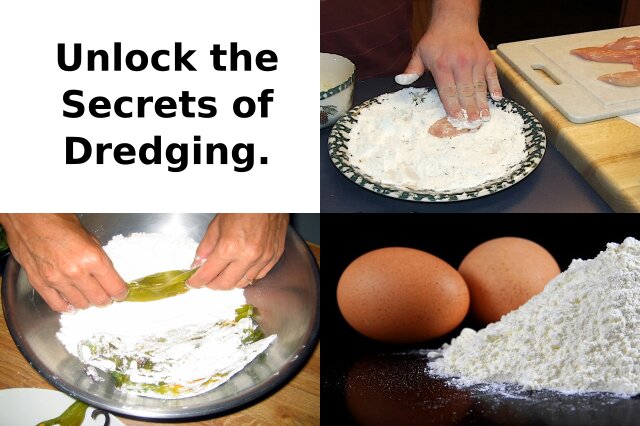
Dry Rub
A dry rub is a mixture of various herbs, spices, and seasonings that are applied to food, typically meats and vegetables, to enhance their flavours.
Learn how to make a dry rub
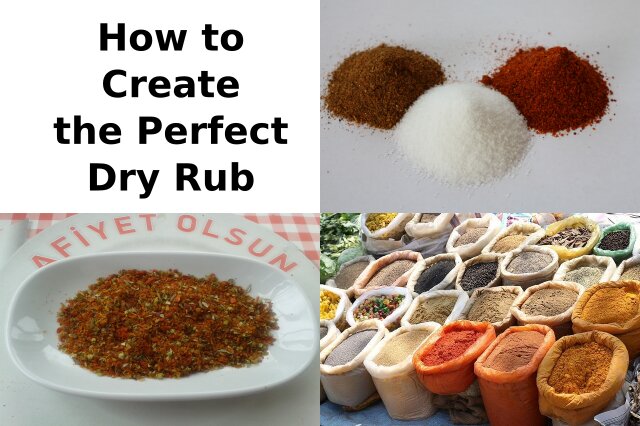
Dust
Dusting is a culinary technique used to coat or lightly cover food, usually with a dry ingredient such as sugar, flour, or spices. It's a simple way of adding flavour and texture to dishes and can be used to enhance the presentation of certain foods.
Learn more about dusting foods
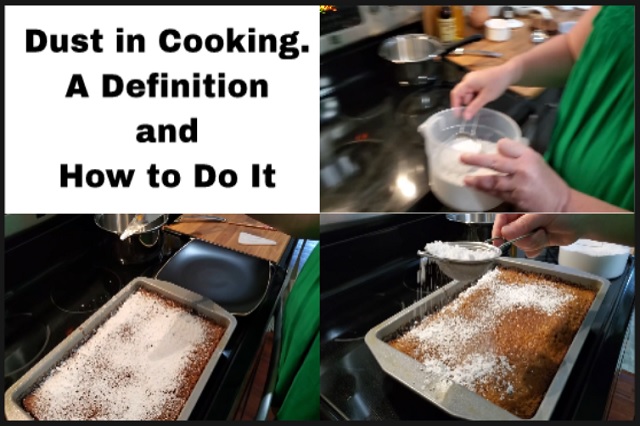
Eggs
Eggs bring a unique set of characteristics to the table, providing both structure and moisture to baked goods, while also contributing to the texture and flavour of savoury dishes. They are natural emulsifiers, helping to create smooth and creamy sauces and dressings.
Learn more about eggs and their uses
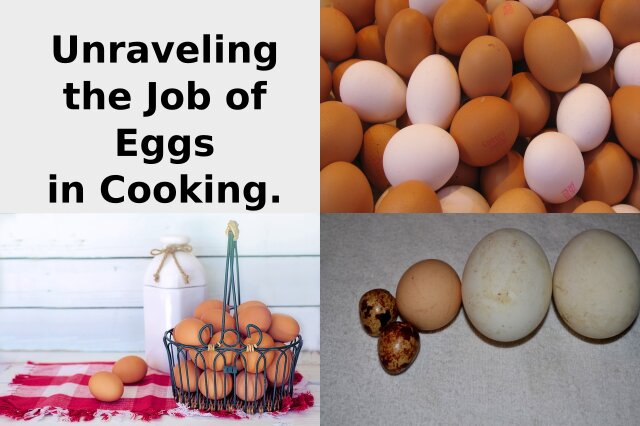
Emulsify
Emulsification is the process of combining two liquids that don't typically mix, like oil and vinegar, into a stable and smooth mixture.
Learn more about emulsification
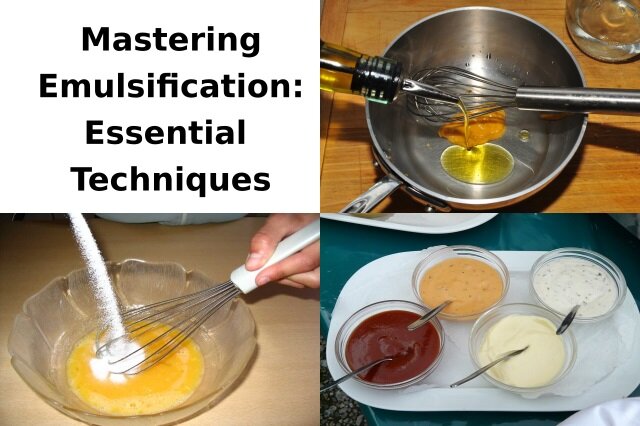
Finger Foods
Finger foods are meant to be eaten directly using the hands, in contrast to food eaten with a knife and fork, spoon, chopsticks, or other utensils. They are commonly served at social events, formal events and celebrations
Learn everything about finger-food

Fold
Folding is a technique that involves gently combining ingredients without overmixing or deflating the mixture. It is particularly important when working with delicate ingredients or those that require a light and airy texture.
Learn how to fold ingedients in
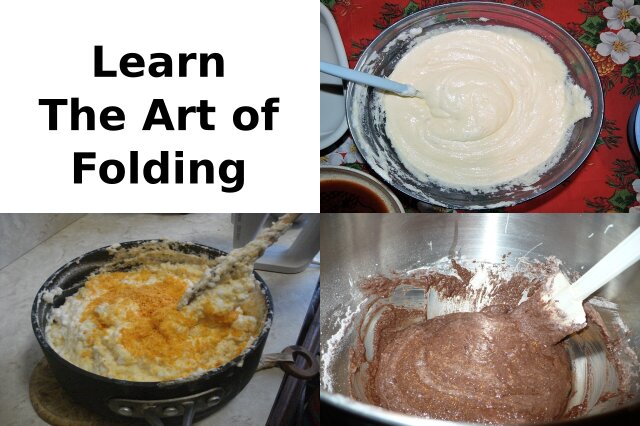
Fry
Frying is a cooking method that involves immersing food in hot oil. This causes the outside of the food to become crispy and browned, while the inside remains cooked through.
Learn how to fry foods
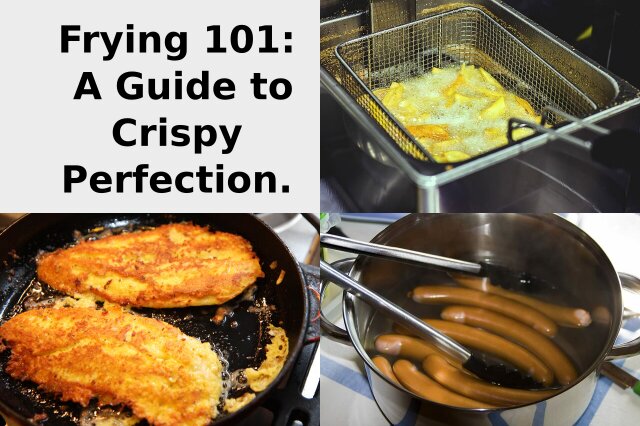
Frypan
A frying pan is a flat-bottomed shallow cooking pan used for frying, sautéing, searing, and browning foods.
Learn which frying pan is best for what
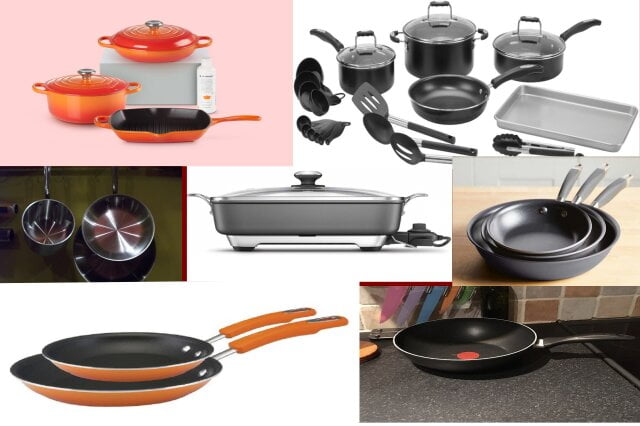
Grease
Grease is fats that can be used to cook a variety of different dishes. It is used as an ingredient in recipes to prepare many different food dishes. Grease is also something that is used in cooking to make the food not stick to the pan, both in baking and frying.
Learn how to grease a pan
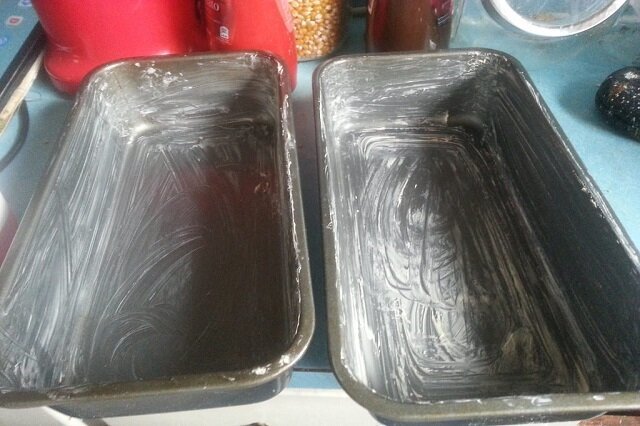
Julienne
The name "julienne" comes from the French word for "matchstick," which perfectly describes the shape of the sliced vegetables. This technique is commonly used to create garnishes, add texture to dishes, and enhance presentation.
Learn how to julienne cut

Ketogenic Diet
The Keto Diet, short for ketogenic diet, is a low carb, high fat eating plan for weight loss. By drastically reducing your carbohydrate intake and increasing your consumption of healthy fats, the body enters a state called ketosis.
Learn more about the keto diet

Knead
Kneading is a process in the making of bread, scones or pasta dough, and is used to mix the ingredients and add strength to the final product. Its importance lies in the mixing of flour with water.
Learn how to knead
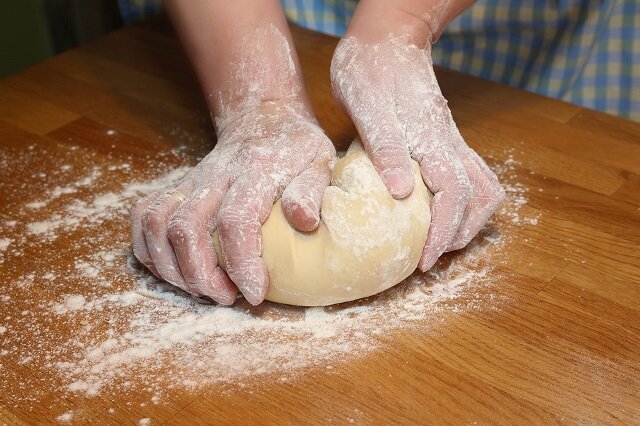
Lamb
Lamb cuts are the various pieces of meat that you can get from a lamb carcass. They vary in size and shape, and each cut has its own unique flavour and texture.
Learn about the different cuts of lamb
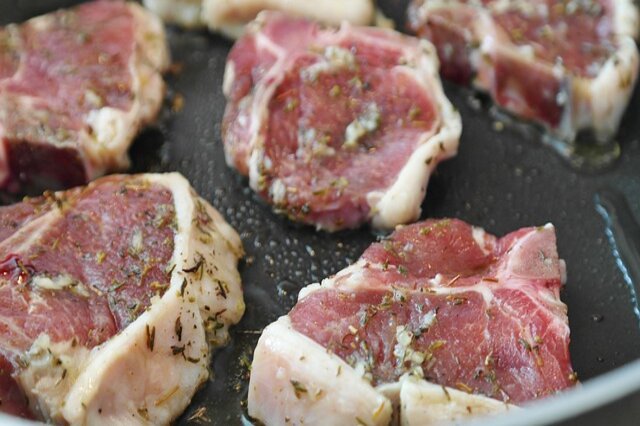
Low GI Diet
The low glycemic index (GI) diet is an eating plan that focuses on consuming foods that have a low GI score. Foods with a low GI score are digested and absorbed more slowly, which helps to keep blood sugar levels stable.
Learn how the Low GI diet works

Marinate
Marination is the process of infusing food with a combination of flavours through the use of marinades. By allowing meat, seafood, or even vegetables to sit in a flavourful marinade, the ingredients can absorb the flavours, resulting in enhanced taste and tenderness.
Learn the art of marinating
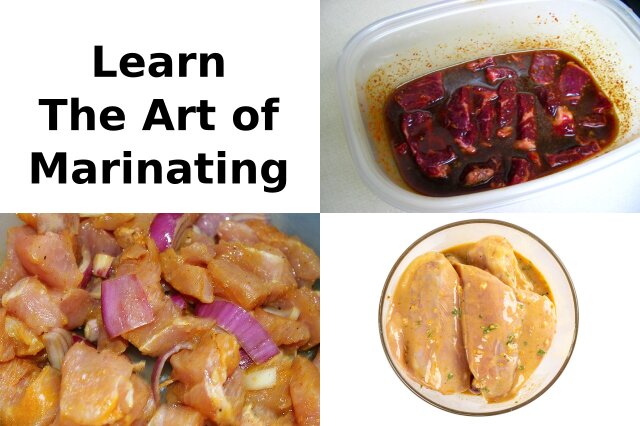
Mise en Place
Mise en place, is a French culinary term meaning "everything in its place", is a technique that professional chefs swear by.
Learn more about mise en place
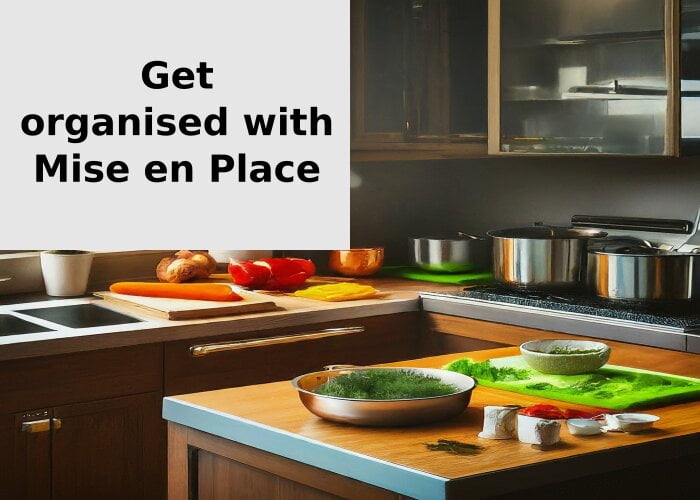
Pasta
Pasta is a type of food typically made from an unleavened dough of wheat flour mixed with water or eggs, and formed into sheets or other shapes, then cooked by boiling or baking.
Learn more about pasta types and shapes
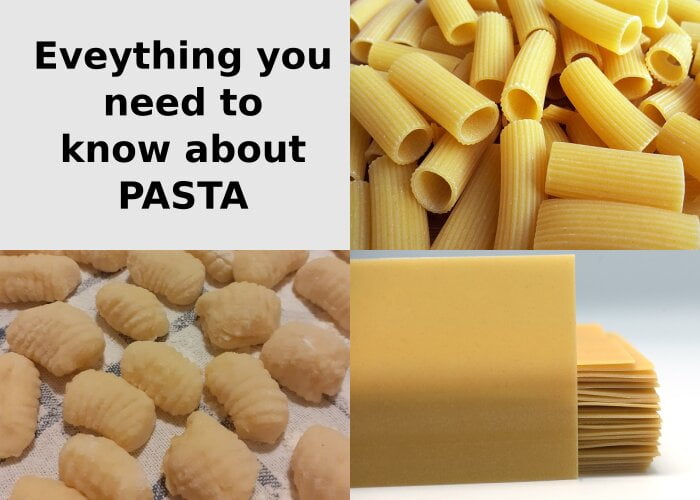
Poach
Poaching is a cooking method that slowly cooks food in liquid, usually in order to maintain its flavour and/or preserve its nutrition. From eggs to fish and even fruit, this technique can be used on a variety of ingredients for a range of dishes.
Learn the art of poaching food
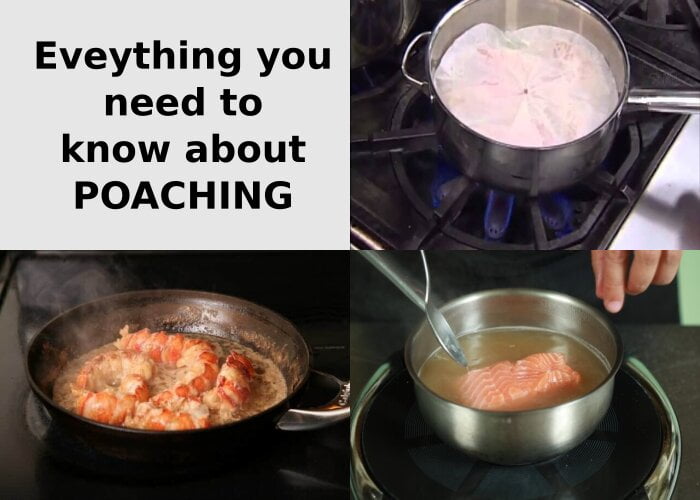
Pork
Pork is a type of red meat that comes from animals such as swine, pigs, and boars.Pork is the culinary name for the meat of the domestic pig.
Learn about pork cuts and their uses
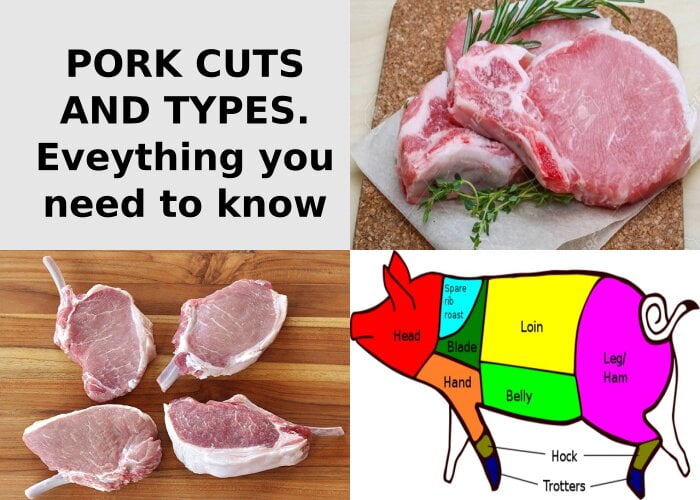
Puree
A purée is cooked food, usually vegetables, fruits or legumes, that has been ground, pressed, blended or sieved to the consistency of a creamy paste or liquid.
Learn how to puree
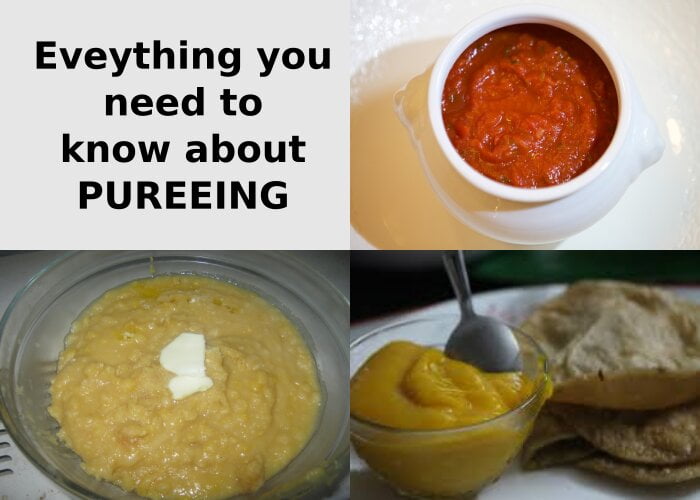
Reduce
Reduce or reduction in cooking means to thicken and intensify the flavour of a liquid by simmering until the liquid reduces in volume, so the flavour is concentrated.
Learn how to reduce sauces and more
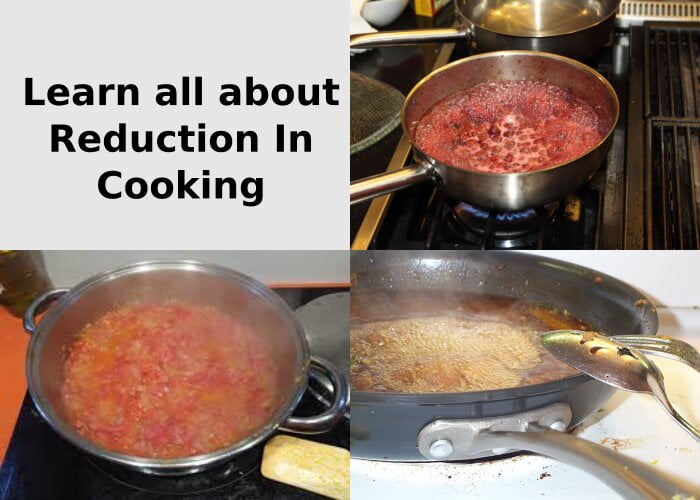
Rice
Rice is a tiny but mighty seed! It's a grain, like oats or wheat, but grows on a tall grassy plant.Rice comes in many varieties, but all start out as a starchy seed that gets cooked and eaten in countless yummy ways.
Explore the types of rice and cooking metods
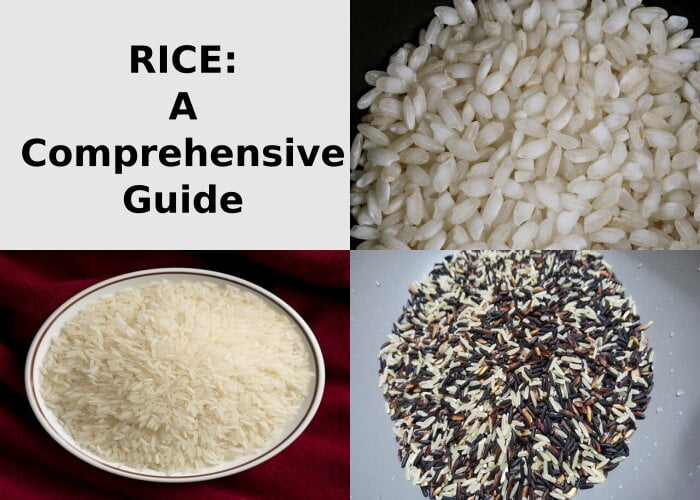
Roasting
Roasting is a dry-heat cooking method that uses hot air to cook food evenly on all sides. It is typically done in an oven at a temperature of at least 150°C (300°F). Roasting can be used to cook a variety of foods, including meat, poultry, fish, vegetables, and fruits.
Learn about the art of roasting
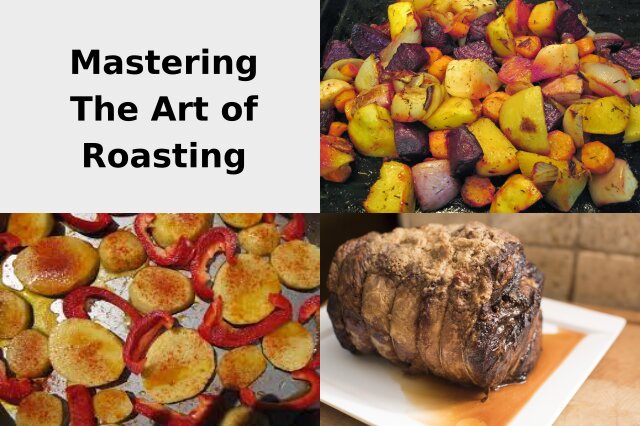
Salads
Salads may be considered as a dish of vegetables, sometimes cooked and usually chopped or sliced.Salads can sometimes be mixed with fruit or with cooked and chopped cold meat, fish, etc., and generally served with a dressing.
Learn more about salads and creating them
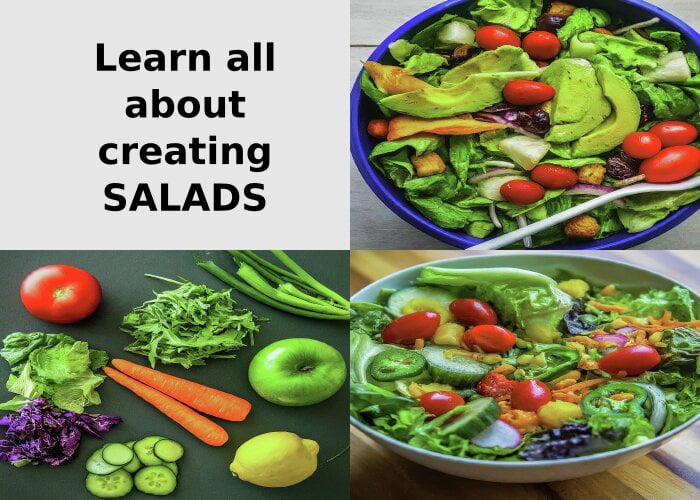
Saute
Sauteing involves quickly cooking food in a small amount of fat over high heat. The result? Food that is browned and full of flavour, with a delightful caramelisation that adds depth and complexity to your dishes.
Learn more about sauteing

Scald
Scalding is a simple yet effective cooking method that can enhance the flavour and texture of your dishes. It involves heating a liquid, usually milk or cream, to just below boiling point.
Learn more about scalding
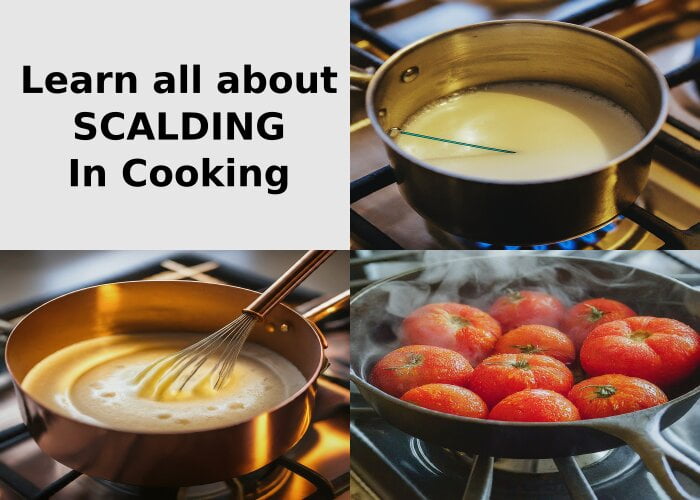
Sear
Searing is a cooking technique that involves browning the surface of food at high temperatures to develop rich flavours and impart a beautiful caramelisation.
Learn more about searing

Steaming
Steaming is a versatile cooking method that not only preserves the nutritional value of ingredients but also enhances their natural flavours.
Learn more about steaming foods
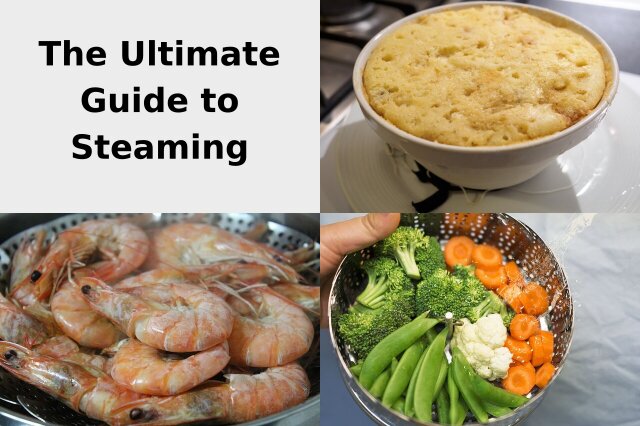
- Acidulate
- Al dente
- Appetisers
- Asparagus Spears
- Au jus
- Bake
- Barbecue
- Baste
- Beat
- Beef
- Blanch
- Blind Bake
- Boil
- Braise
- Brine
- Broil
- Bruise
- Caramelise
- Cauliflower
- Chicken
- Chop
- Cooking Hacks
- Cooking Measurements
- Cream
- Creaming
- Crumbing
- Deglaze
- Deseed
- Devein
- Dice
- Dredge
- Dry Rub
- Dust
- Eggs
- Emulsify
- Finger Foods
- Fold
- Fry
- Frypan
- Grease
- Julienne
- Ketogenic Diet
- Knead
- Lamb
- Low GI Diet
- Marinate
- Mise en Place
- Pasta
- Poach
- Pork
- Puree
- Reduce
- Rice
- Roasting
- Salads
- Saute
- Scald
- Sear
- Steaming
